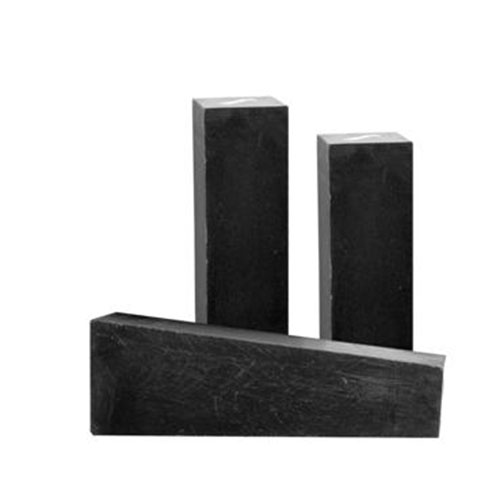Hello! Welcome to the official website of Located in Dashiqiao City!
Yingkou Taishuo Refractories Co., Ltd.
Contact: Mr. Chen
Tel.: 18804171010
Tel.: 0417-5828896
Fax: 0417-5828896
e-mail:18804171010@163.com
Address (business office): 1002-1, 10th floor, International Center, Dashiqiao, Liaoning
Like magnesia chrome bricks, the main mineral composition of magnesia chrome bricks is spinel and periclase. It is also a composite alkaline refractory product made of sintered magnesia and chromite in proper proportion. The proportion of raw materials is not clearly specified. Generally, the ones with less than 50% of the addition amount of pyrite are called magnesia chrome bricks, and those with 50% or more are called chrome magnesia bricks. Its production process, performance characteristics and uses are basically similar.
The synthetic raw material is the co sintering material made from the light burned material of relatively pure magnesite and chrome concentrate after fine grinding, mixing, compacting, and then calcining at high temperature;
The fused magnesia chrome material (also known as granulated magnesia chrome material) is made from magnesite and chrome ore by electric melting;
There are also fused magnesia, fused magnesia alumina spinel, etc. Synthetic materials are generally raw materials with low impurity content. Various kinds of magnesia chrome bricks can be made by using different combinations and formulas of the above materials.

It can be summarized as follows:
(1) Ordinary magnesia chrome bricks (i.e. silicate bonded magnesia chrome bricks). This kind of brick is made of magnesia and chromite. It contains a lot of impurities (CaO and SiO2), and its firing temperature is not high, about 1500 ℃. The microstructure of the brick is that the refractory grains are combined by silicate with lower melting point.
(2) Directly bonded magnesia chrome bricks. It is made of relatively pure magnesia and chrome concentrate, with low impurity content. The firing temperature of the brick is above 1700 ℃. The microstructure of the brick is that the refractory grains are mostly in direct contact with each other, so its high temperature performance, corrosion resistance and erosion resistance are better than ordinary magnesia chrome bricks.
Since then, magnesia chrome refractories have been used for alkaline bricks in high corrosion areas of reverberators, converters, anode furnaces and the latest flash furnaces in copper smelting industry, but their performance has been continuously improved. The following magnesia chrome refractories are mainly used:
① Silicate bonded magnesia chrome brick
Silicate bonded magnesia chrome brick has better thermal shock resistance than magnesia brick, and its volume is stable under high temperature. It is widely used in open hearth furnace, electric furnace, nonferrous metallurgy furnace, cement rotary kiln and regenerator of glass furnace. Silicate bonded magnesia chrome bricks have high SiO2 content, poor corrosion resistance at high temperature and low strength. With the continuous adoption of new intensified smelting processes, the parts with harsh service conditions are gradually replaced by direct bonded products.
② Direct bonded magnesia chrome brick
Direct bonded magnesia chrome brick is a refractory product that is directly bonded with periclase and magnesia chrome spinel as the main crystal. The brick is made of high-purity sintered magnesia and chromite with SiO2 less than 2% by high-temperature sintering. The direct bonding brick sintering belongs to solid bonding, so the product has high mechanical strength at high temperature, good slag resistance, strong iron oxide penetration resistance, and stable volume at high temperature. It is widely used in the top of open hearth furnace, electric arc furnace, copper smelting converter, flash furnace, RH, DH vacuum treatment device, external refining VOD furnace, AOD furnace, cement rotary kiln, etc.
free hotline
0417-5828896